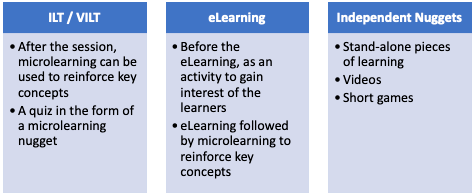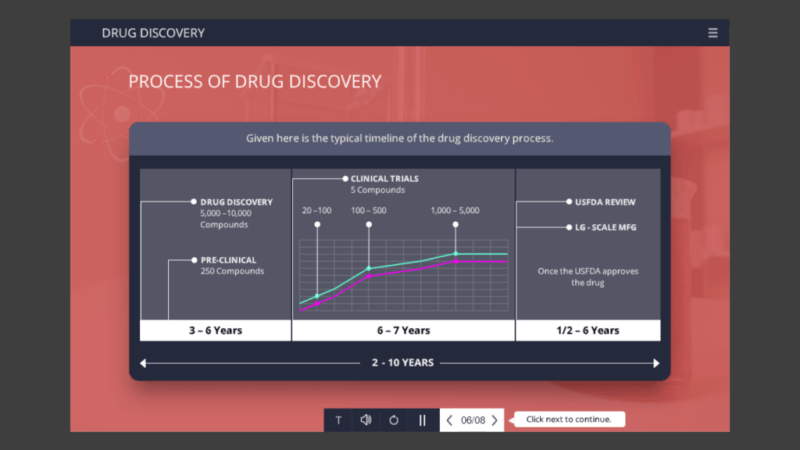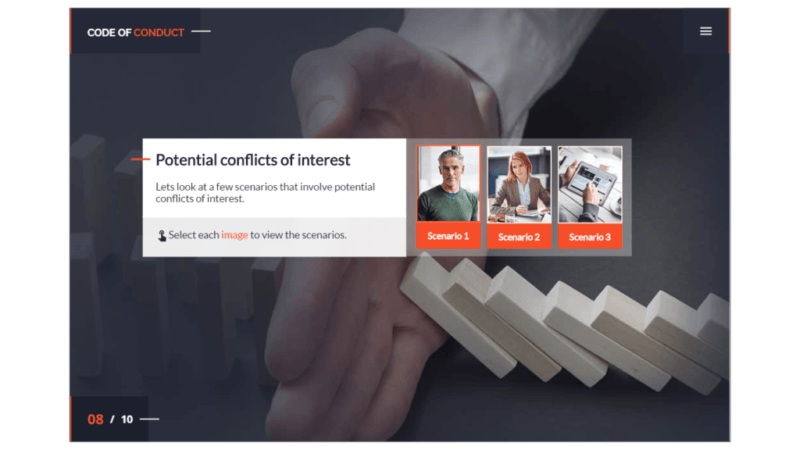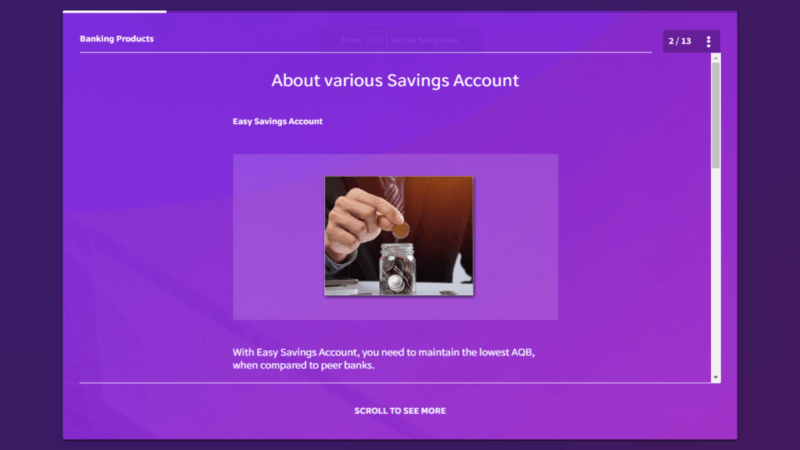Create Continuous Learning With Microlearning
The need of the hour is outcome-based training that helps the learners in the moment of need. What’s better than microlearning to implement this? In this article, I will focus on how to improve training outcomes through microlearning interventions.
The Forgetting Curve
It has been established that people tend to forget the stuff they learned over a period of time. For example, a training session happens today. After 7 days, the learners retain only about 10% of what they learned in the session. This is known as the "forgetting curve." The curve shows how quickly we forget information over a period of time when there is no attempt to retain it.

The 70:20:10 model also states that only 10% of learning is through formal training and the rest is from the informal learning mechanism or from on-the-job training. Then, why do organizations still invest a lot of money and resources in formal training?
The reasons are manifold. But, one of the main reasons is that Learning and Development (L&D) has stuck to the tried and tested models of training. Moreover, L&D has seen itself as only a support function, rather than as a business enabler. The L&D professionals set up the training calendar, roll out the training as per the schedule, and their job is done.
The good news is that L&D is reinventing itself, especially during the COVID-19 induced times. To stay relevant to the times, L&D professionals are coming up with unique ideas and looking at their function more holistically.
The Power Of Microlearning In The Continuous Learning Journey
In my recent interactions with L&D professionals and customers, I have been advocating for increased usage of microlearning as a great tool to enable better learning, improved retention of concepts, and more importantly, as a tool that helps apply the concepts learned on the job.
Microlearning [1] has become a great tool to ensure that the forgetting curve is taken care of. Let me explain how.
Microlearning mainly focuses on a specific objective, cuts out all the fluff, and supports the main training or learning journey. It is an action-oriented or task-oriented approach of offering bite-sized learning that gets learners to learn and practice. Thus, it helps in better understanding and therefore better retention of the concepts learned. Microlearning can be administered just before an eLearning or VILT session, or a few days after the formal training as a reinforcement of key learnings. It will certainly help the learners remember the concepts well.
Due to the reinforcement, the learners are subtly encouraged to apply the concepts in their job. This is supported by the famous Pavlov research. With microlearning becoming a part of the continuous learning cycle of the learners, they pay better attention to the subject at hand.
Another major advantage of microlearning is that it can be created and administered in a variety of formats. In my previous article, “5 Microlearning Formats to Use in 2020 for Maximum Impact [2],” I mentioned some popular formats that can be used as good microlearning interventions. These formats include videos, gamification [3], quizzes, podcasts, activities, and much more.
In a nutshell, microlearning can be implemented in the following manner:

At Tesseract Learning, we have implemented microlearning as a Just-In-Time learning intervention.
Given here are a few examples.
1. Drug Discovery
In this course, we have used a decision-tree activity to ensure the employees’ understanding of drug discovery concepts and the process. Learners found it interesting and the course completion rate was 95%.

2. Compliance
This is a short and engaging scenario-based interactive microlearning course. Learners liked this idea very much and the course completion rate was 100%.

3. Banking Products
We have designed this microlearning course using a variety of interactive templates, sliders, and flip cards to explain the concepts. Learners found it extremely interesting and the course completion rate was 98%.

Conclusion
To conclude, microlearning can be used as part of the continuous learning journey or as a part of the employees' learning cycle at an organization. It is a good tool that can be used to overcome the forgetting curve. At Tesseract Learning, our learning and visual architects are constantly innovating and reinventing their approaches in order to design, develop, and deliver better learning experiences. We are leveraging our powerful new microlearning platform, KREDO, to create efficiencies across the training life cycle and to deliver optimal learning experiences.
Please feel free to leave a comment below or visit us to learn more.
References:
[2] 5 Microlearning Formats to Use in 2020 for Maximum Impact

Originally published at tesseractlearning.com.

